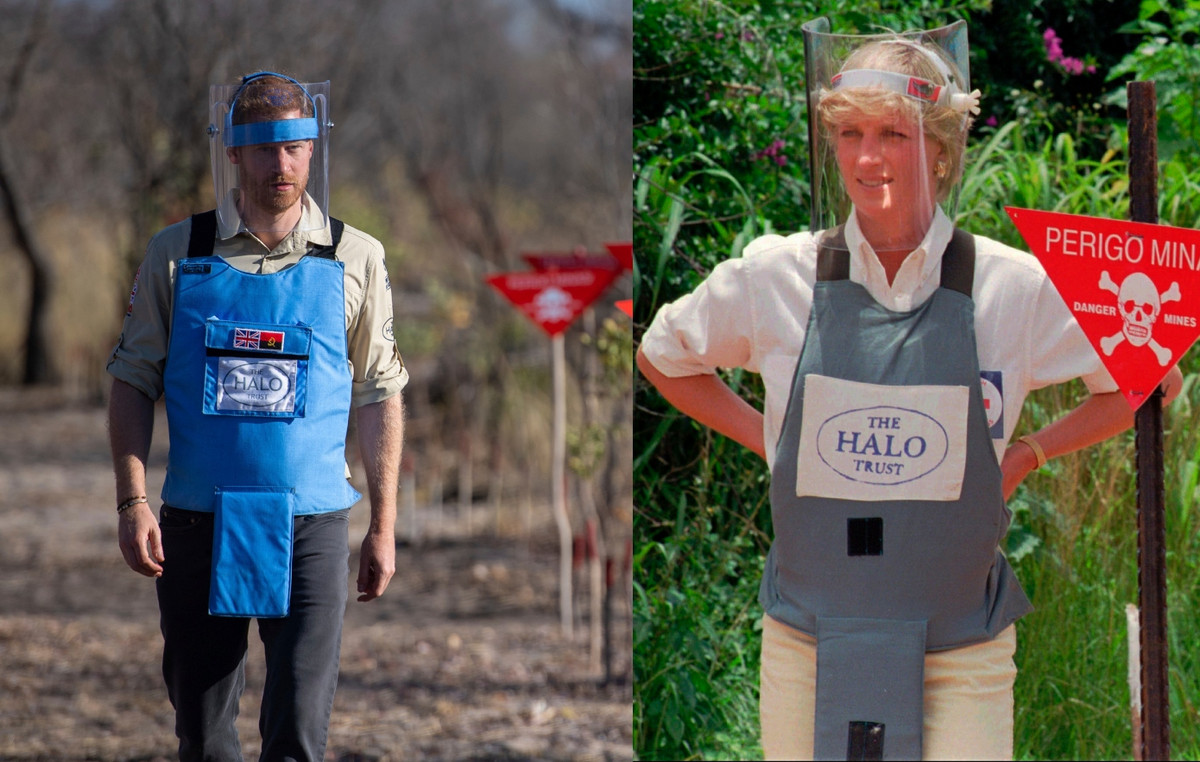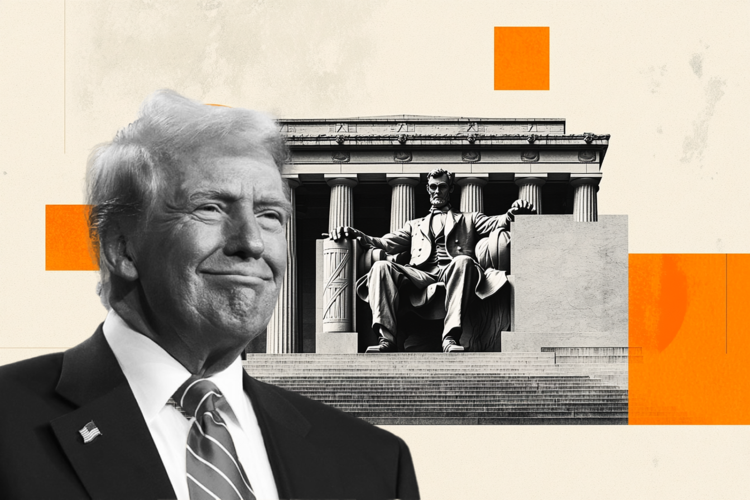The 2nd Panel of the Federal Supreme Court (STF) analyzes, this Tuesday (23), an appeal in habeas corpus filed by a person convicted of stealing, among other items, a wristwatch, cell phone, a wallet and money . The conviction was based on the initial recognition of his photo by WhatsApp, but with no other evidence that he had committed the crime.
Regivam Rodrigues dos Santos was arrested in 2018 in São Paulo for the crime and his conviction became final (when the decision becomes final) in 2019. He was sentenced to 8 years, 10 months and 20 days in prison, in addition to the payment of 21 fine days
The 2nd Panel of the STF is composed of ministers Nunes Marques (president of the collegiate), Gilmar Mendes, Ricardo Lewandowski and Edson Fachin. The case is reported by Gilmar Mendes, who, in September this year, granted a provisional injunction for Santos’ freedom until the merits of the case were analyzed by the Supreme Court.
If at least two of the four members of the Court are in favor of the appeal and vote against the conviction of Regivam Rodrigues dos Santos, this will be the understanding that will prevail, as it is favorable to the defendant.
how was the process
At the time of the crime, in 2018, Santos, a 19-year-old black youth at the time, was approached by a policeman an hour after the robbery. The security agent photographed him and sent the image via WhatsApp to other police officers who were with the victim.
He was then taken to the police station, where personal recognition was carried out. Santos was arrested in the act, even though he had not been caught with any object of theft, without the firearm that would have been used in the crime and without any of the other people who would have helped in the crime.
The Federal Public Defender’s Office, which defends Santos in the case, argues that, even though he was later recognized by the victims, the fact that he was first recognized by a photo of WhatsApp would have contaminated the process, as he would not have followed the which determines the Code of Criminal Procedure.
Gustavo Ribeiro, public defender, who works with the STF and will defend Santos on Tuesday (23), says that, in his opinion, the initial identification by the messaging application may have harmed the process, “since the identification must follow the provisions of the Code of Criminal Procedure just for the person not to be suggested [quanto ao possível identificado]”.
After the conviction became final, Santos wrote a petition in his own hand and sent it to the Public Defender of the Union, asking for legal assistance in his case, which happened in an appeal presented to the Superior Court of Justice.
To the STJ, the DPU claimed that there was no compelling evidence on its participation in the crime charged against it. The Superior Court of Justice, however, rejected the appeal filed by the public defender.
Minister Laurita Vaz, rapporteur of the case at the STJ, stated, in a monocratic decision of September 2020, that “there is no evidence, in the case, of flagrant illegality capable of giving rise to the granting of habeas corpus, ex officio, given that the reviewing body, sovereign as to the analysis of the evidence and facts that inform the process, decided that the practice of the crime of theft detailed by the patient was proven”. The decision was endorsed by the ministers of the 6th Panel of the STJ.
What the DPU claims
The DPU argues that there is insufficient evidence for his conviction and claims that there are inconsistencies in the process.
First, the DPU questions the reasons why the suspect, a black man, was stopped. “Why did they stop the boy? There is nothing in the sentence”, said public defender Gustavo Ribeiro. “The sentence doesn’t explain, the witnesses don’t explain. He was stopped and the police sent the photo via WhatsApp for recognition”, he says.
The judgment of the Court of Justice of São Paulo reports the version of the policeman who found Santos and photographed him. “The military policeman Everton Feliz Leite said that he was informed about the crime, and that the characteristics of the robbers were given to him. He was successful in visualizing the defendant running. After approaching, nothing illegal was found with him. In contact with another team, which was providing assistance to the victims, they sent a photo of the accused, through the Whatsapp application, and the offended persons carried out the recognition”, he says.
Another question made by the Public Defender of the Union is about the way in which the recognition was made.
“The Code of Criminal Procedure talks about how recognition should be done, and it shouldn’t be like that, to prevent the person from making a mistake, from being influenced. To see if the person [vítima], in a situation where there are people [suspeitos] close and similar, it manages to indicate correctly”, says Gustavo Ribeiro. “There is a right way to be done the recognition to prevent the person from being influenced. I am not alleging the victim’s bad faith or dishonesty,” he declared.
Article 226 of the Code of Criminal Procedure establishes some guidelines on how suspects should be recognized. According to the rule, first “the person who has to make the recognition will be asked to describe the person who should be recognized”. Afterwards, “the person, whose recognition is sought, will be placed, if possible, alongside others who have any similarity with him, inviting those who have to do the recognition to point him out”.
Gilmar claims there is “doubt” about conviction
After the STJ rejected the defense’s request, the appeal reached the STF in September of this year. Minister Gilmar Mendes granted Santos his freedom, claiming that the absence of concrete evidence beyond the recognition by the photo indicates a “situation of doubt”.
The minister made the reservation that a criminal could get rid of the stolen items, the weapon used and also separate from the other perpetrators of the crime. In this specific case, however, the minister considered that “no other element corroborates the statements of the victims, who claimed to recognize the appellant, initially, by a photo received via WhatsApp”.
“As you can see, I think, at this moment, I am right with the DPU in stating that, in this case, the judicial recognition is vitiated by the photographic recognition carried out by WhatsApp, added to the fact that there is no other evidence in the file to confirm the authorship on the appellant”, he stated, when granting Santos’ release.
Reference: CNN Brasil







